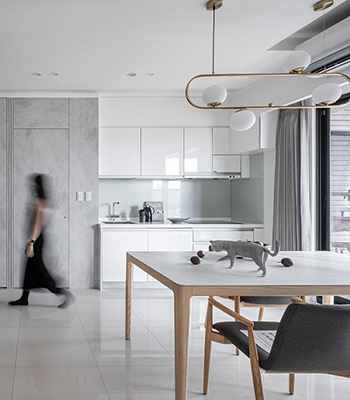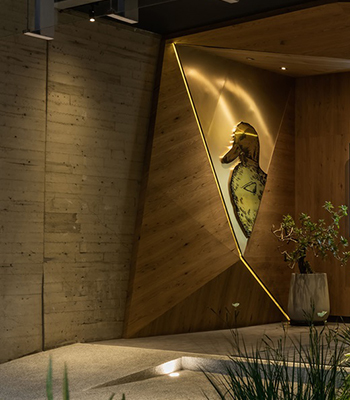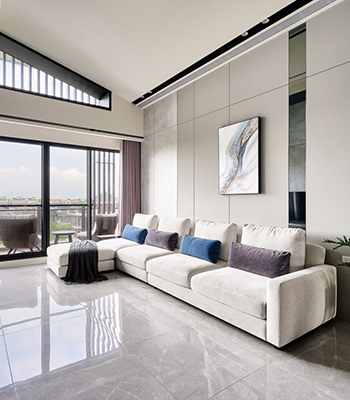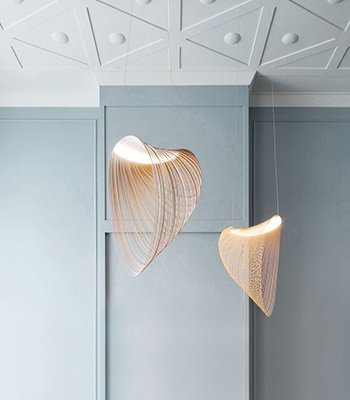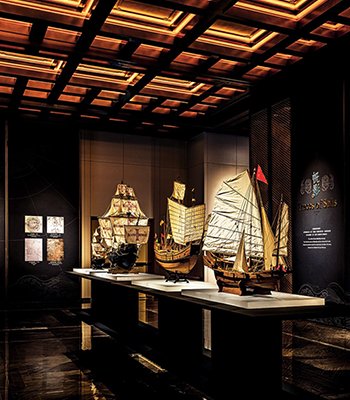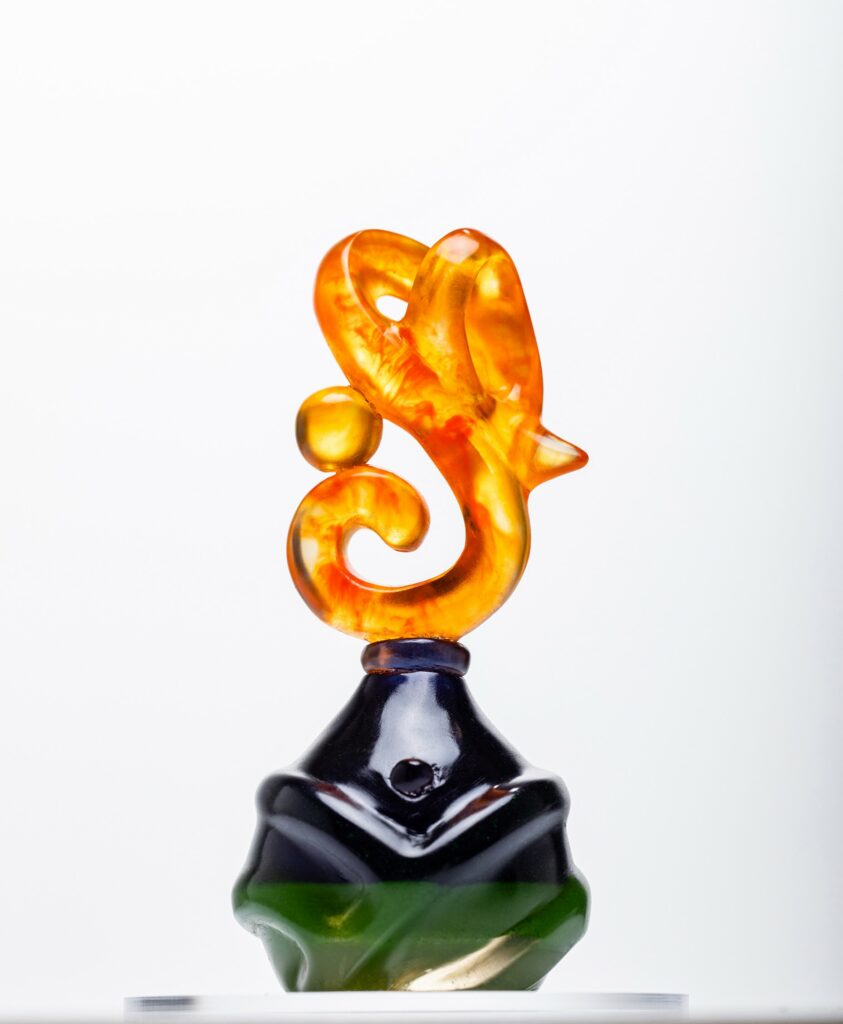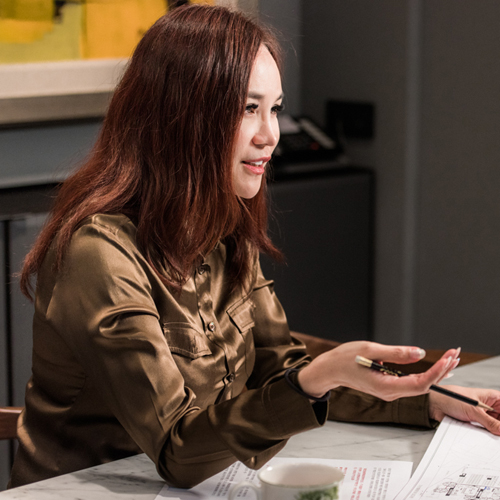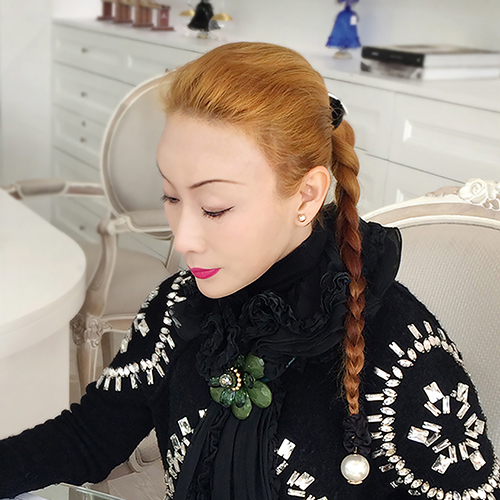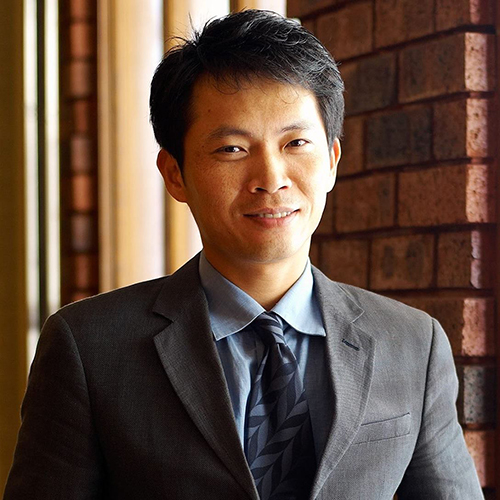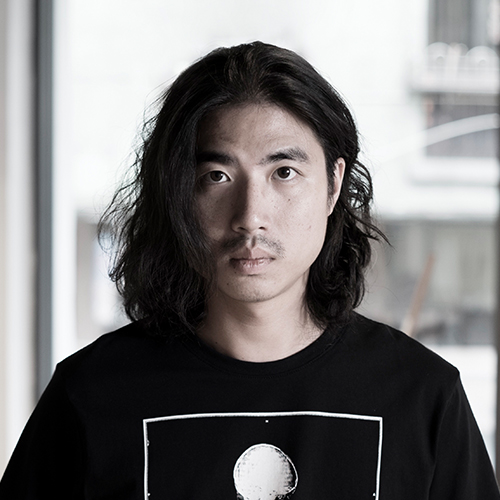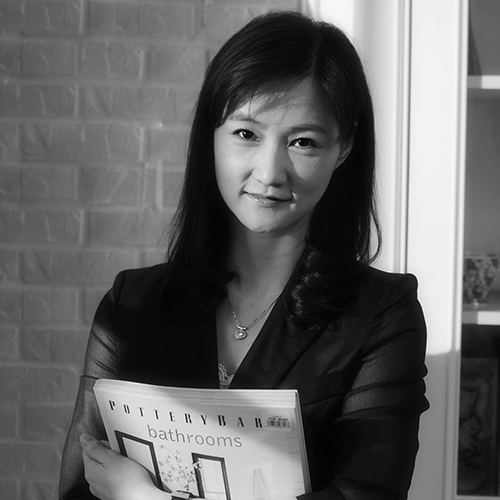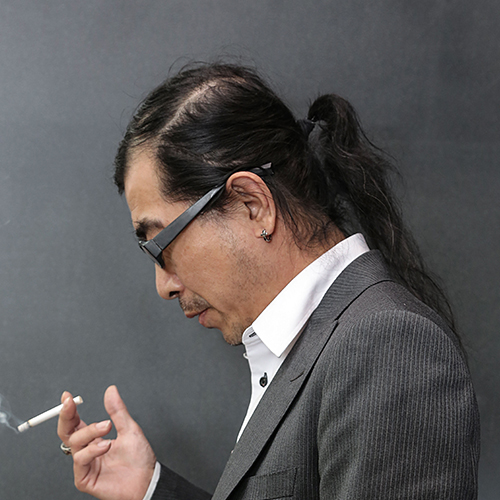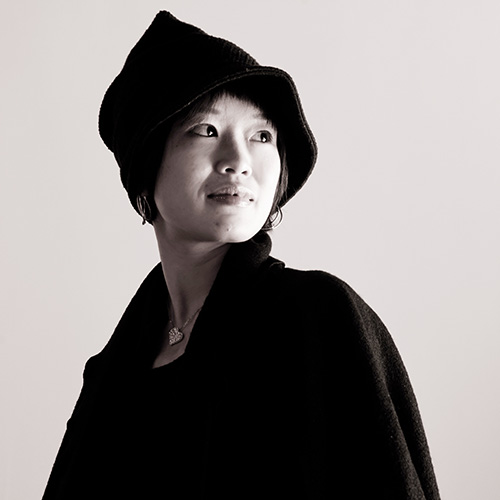
六張臉龐,帶我們思考海洋的意義——法國坎城水下博物館
位於法國南端的蔚藍海岸向來以其夢幻的海岸線、耀眼的海灘以及悠閒的木棧小道聞名。現在,坎城(沒錯,就是每年的影展總是星光熠熠的那個坎城)又增加了一個全新的旅遊目的地——一座魔幻的水下博物館。由英國藝術家Jason deCaires Taylor日前公佈了一項計畫:在地中海的聖瑪格麗特島周邊的水域,他設置了一座水下博物館!
The French Riviera is known for its dreamy coastline, glitzy beach, and boardwalk. Now, Cannes (yes, the town known for its star-studded Cannes Film Festival) just added something magical to the shore—an underwater art museum. British artist Jason deCaires Taylor recently launched a new project in the Mediterranean Sea: a series of sculptures off the nearby island of Sainte-Marguerite.

The goal of the underwater museum is to draw attention to the declining state of the world’s oceans. All images are courtesy of Jason deCaires Taylor
這座水下博物館由六座巨型的面部水泥雕像組成,雕像的面容取自坎城當地居民,包含了孩童到長者。這項計畫由坎城市政府贊助,耗時四年完成。整個計畫的目標是希望能夠喚醒對於世界海洋環境的保育意識——就像地中海,曾經是一個成熟的漁場,但現在充滿人為污染,並遭受過度捕撈(更不用說過度旅遊了)。「水下的生態系統已經在長期的人為活動下被嚴重污染了。」藝術家deCaires Taylor表示,每一個雕量都重達十噸,且主要是為潛水客們設置的,「這間『博物館』不收門票,你只需要背著潛水裝備、跳進大海,你就能發現並享受它們。」
Made of pH-neutral cement, these six sculptures depict portraits of locals who live in Cannes, from children to senior citizens. Funded by the city’s mayoral office and town hall, it took four years to complete. The aim is to draw attention to the declining state of the world’s oceans, as the Mediterranean, once ripe fishing grounds, is overflowed with pollution and suffers from overfishing (not to mention overtourism). “The underwater ecosystem has been continuously degraded and polluted over the years by human activity,” says Jason deCaires Taylor. Each portrait in Cannes weighs 10 tons, and the sculptures are primarily for snorkelers. “There’s no entrance fee; just go on your boat or bring your own snorkeling equipment and discover them yourself,” he says.

A portrait of the artist.
藝術家在正式開始製作這些雕像前,在當地報紙上刊登了徵求模特人的廣告,第一輪選中了四十張臉,後來進一步向名單縮減為六人,並將其製作為六呎(約180公分)高的雕塑作品。deCaires Taylor坦白地說,實際上他就是隨機選擇。這六人中包括了一位策展人、一位實業家、一位漁夫以及三位學童。其中漁夫名叫Maurice,是一位高齡80歲的當地耆老。他向藝術家分享了自己多年來對這片海洋的觀察:不斷衰退的海洋生態系,以及逐年減少的漁獲。地中海最大的問題之一就是過度捕撈,這也讓整體的生態系統開始失衡。
Before deCaires Taylor created these artworks for the city’s coastline, he first put an ad in a local newspaper. He invited locals to have their faces cast into art. He cast 40 chosen faces, then narrowed them down to six people to blow up into six-foot-tall sculptures. “They were chosen at random, really,” explains deCaires Taylor, and they feature a curator, an entrepreneur, schoolchildren, and an old fisherman. The fisherman, whose name is Maurice, is 80 years old. He told the artist he has watched the shore’s ecosystem decline over the decades. “One of the biggest problems in the Mediterranean is overfishing,” says deCaires Taylor. “The fisherman, who has been fishing his whole life on the coast, said, ‘I catch only 20% of what I used to catch.’ That has massive domino effects on all the ecosystems; it puts everything out of balance.”

Before installing the sculptures, the artist had to clear out garbage at the bottom of the sea.
另一個大問題則是海洋污染。在安裝雕像前,deCaires Taylor必須先將海底的垃圾清除乾淨,過程中他清出了一堆垃圾,包括廢棄的船隻引擎、水管、纜線等等。deCaires Taylor說到:「我們都都以為海底世界充滿美麗的珊瑚礁,但現實往往並非如此。」當大掃除結束之後,雕像被沈入水底。每一張臉都從中間被分為兩面,象徵了海洋的兩面性:海洋的強韌生命力,以及海洋生態的脆弱。「我的作品總是試圖讓人們去思考問題表象之下的真實。」
Another problem is pollution. Before installing the sculptures, the artist had to clear out garbage at the bottom of the sea. “It was rubbish, old pipes, discarded boat engines, and cables,” says deCaires Taylor. “I think we have a misconception that the underwater world is beautiful, filled with coral reefs, but that’s often not the case.” Once the garbage was cleared out, he started lowering the finished sculptures underwater. Each face is sliced in half as a symbol for a double-edged problem we face—the ocean’s strength and fragility. “My work always tries to bring people under the surface to see what’s there,” he explains.

The artist used the faces of six locals for his sculptures. Here, a mold of a local fisherman named Maurice is being created.
這並非是deCaires Taylor第一次嘗試水下創作,這位關注海洋議題的藝術家在世界各地已經設置超過1000座的水下雕像,足跡遍佈大西洋、太平洋及印度洋。這些作品除了做為藝術供人欣賞、喚醒對海洋保育的關注,更能作為人工珊瑚礁,為海中生物提供棲息地。「當人們看向海洋,會覺得她很強壯、很無堅不摧,這是一種很危險的想法」藝術家說道,「現在在海洋中發生的事情是史無前例的,她處在非常脆弱的狀態。」可以預見,deCaires Taylor對海洋保育的腳步不會就在此停下,他下一個水下展覽已經預定在2021的夏天於南歐賽普勒斯登場。
This isn’t his first underwater art project, nor will it be his last. The artist has created over 1,000 underwater sculptures across the world, from Grenada to Australia and Mexico. His work can be seen in the Atlantic, Pacific, and Indian oceans, among others, where they act as artificial coral reefs. “I think that there’s a danger when we look at the ocean, it looks robust and powerful, untouchable,” says deCaires Taylor. “When what’s happening beneath the water is unprecedented, it’s extremely fragile.”

Jason deCaires Taylor’s previous underwater museum was off of the Canary Islands.
如今,蔚藍海岸是一個潛水者們的安全活動區域(船隻們不被允許靠近雕像附近區域),希望這樣的隔絕外在干擾,能夠讓減緩地中海特有種、被稱為「地球之肺」的波西多尼雅海草(Posidonia seagrass)草場縮減速度,並進一步復育。儘管因為COVID疫情關係,許多博物館基於防疫考量都進行閉館,這座水下博物館仍然歡迎訪客前來參觀。因為需要全程帶著潛水面罩,這裡是能保持社交距離最安全的觀光景點了。針對疫情對藝術造成的影響,deCaires Taylor表示:「現在正是適合欣賞戶外雕塑的最佳時機。隨著疫情的影響,所有的藝術家都應該開始思考如何利用公共空間來舉辦展覽或演出。我認為這將會是新的常態,而我們也需要創作出更多能以欣賞藝術為主要目的的文化體驗。」
Now, the French Riviera area is a safe site for snorkelers (boats aren’t permitted near the sculptures) and, in turn, it will hopefully help replenish the deteriorated Posidonia seagrass meadows. “This kind of seagrass is known as ‘the lungs of the world,’ as it produces an incredible amount of oxygen,” says deCaires Taylor, whose next underwater exhibit is slated to open in Cyprus this summer.
With most museums closed due to the ongoing safety protocols of the COVID-19 pandemic, this is one exhibition visitors can access in a socially distant way—by wearing scuba masks. It’s part of the latest wave of “socially distant tourism.”“This is one way to see art in a socially distant way,” says the artist. “Now is the time for outdoor sculpture, as all artists are going to have to think of using public spaces, from exhibits to performances and concerts. I think it will be the new normal. We need to create more cultural experiences where we can appreciate art as the main objective,” he adds.

The museum has no fee, and is open to anyone in the public willing to snorkel or dive down to see the sculptures.
Words: Nadja Sayej
Images: Jason deCaires Taylor
Source: Arch Daily

